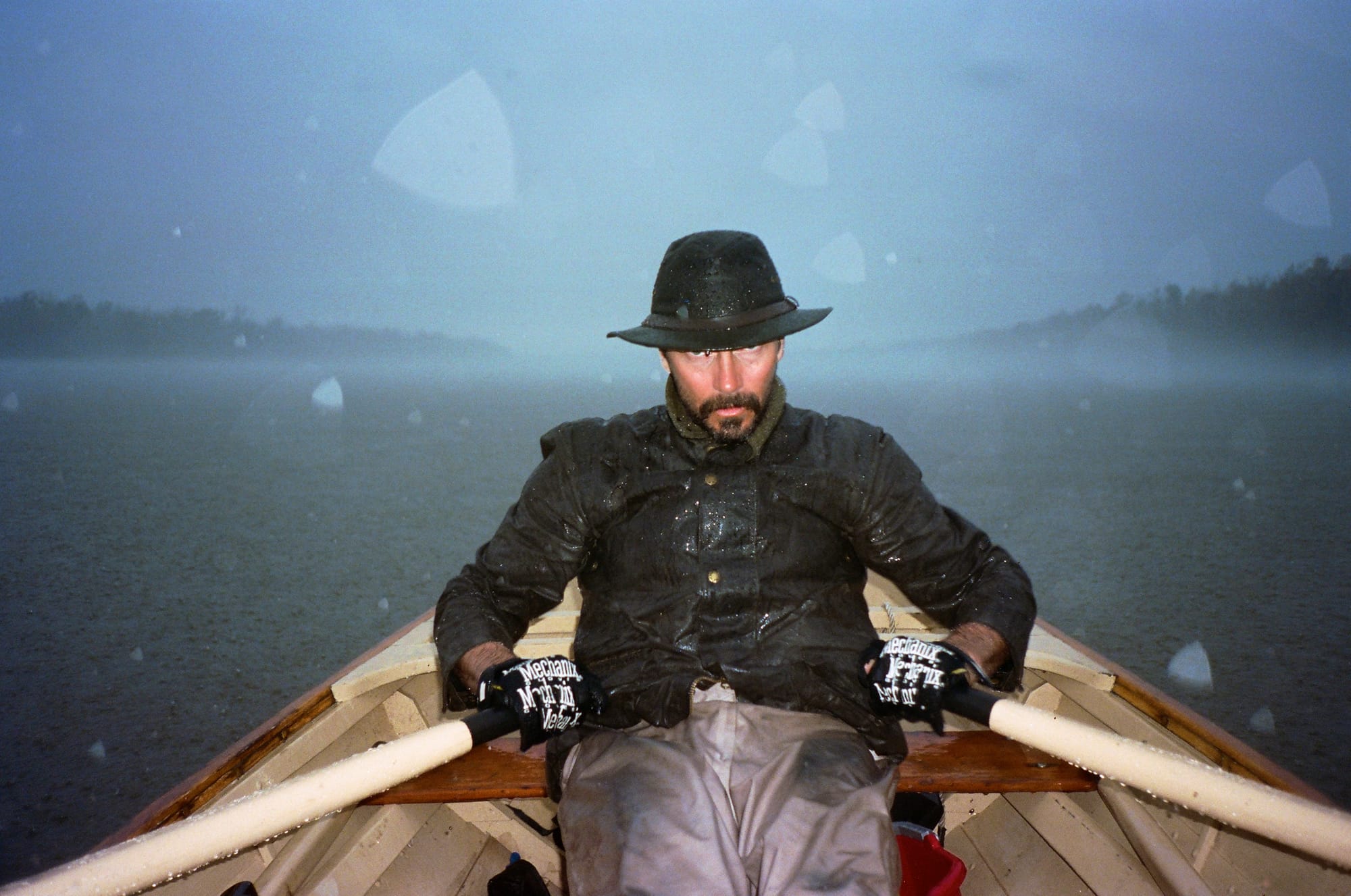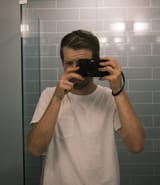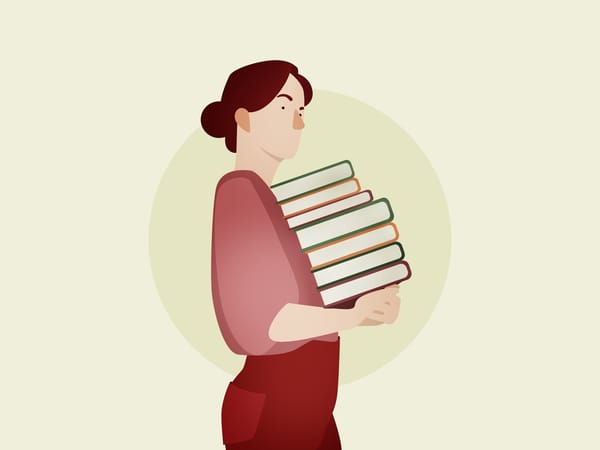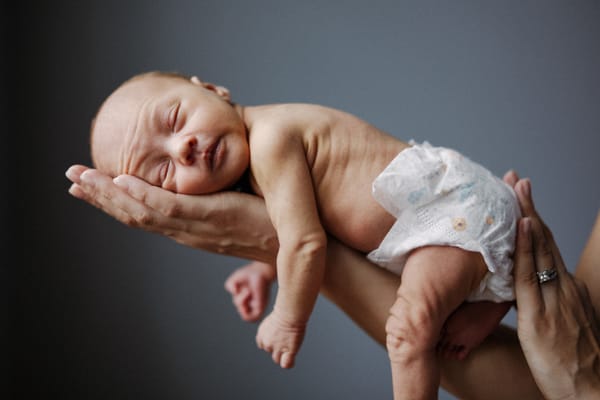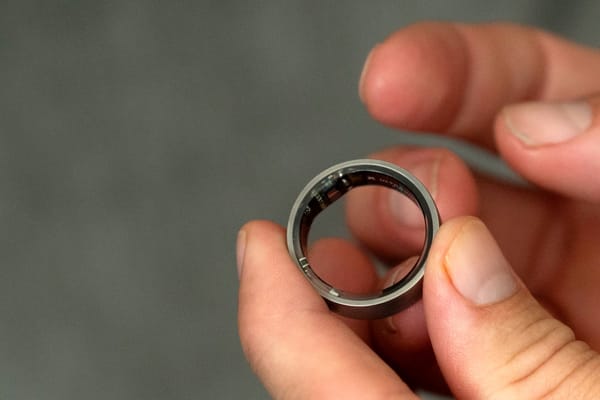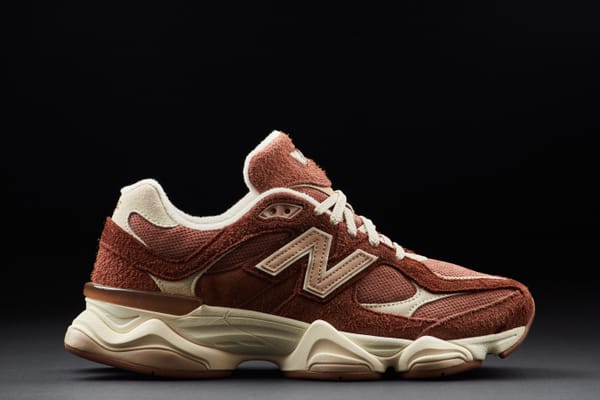An Interview With Kynan Tait: Skateboarding’s Covert Tastemaker
"I take pictures and video to inform my memories, but that doesn’t mean I want to remember everything exactly as it was. I don’t want the cold hard digital truth, I want my memories to be romantic, and dream-like and surreal."
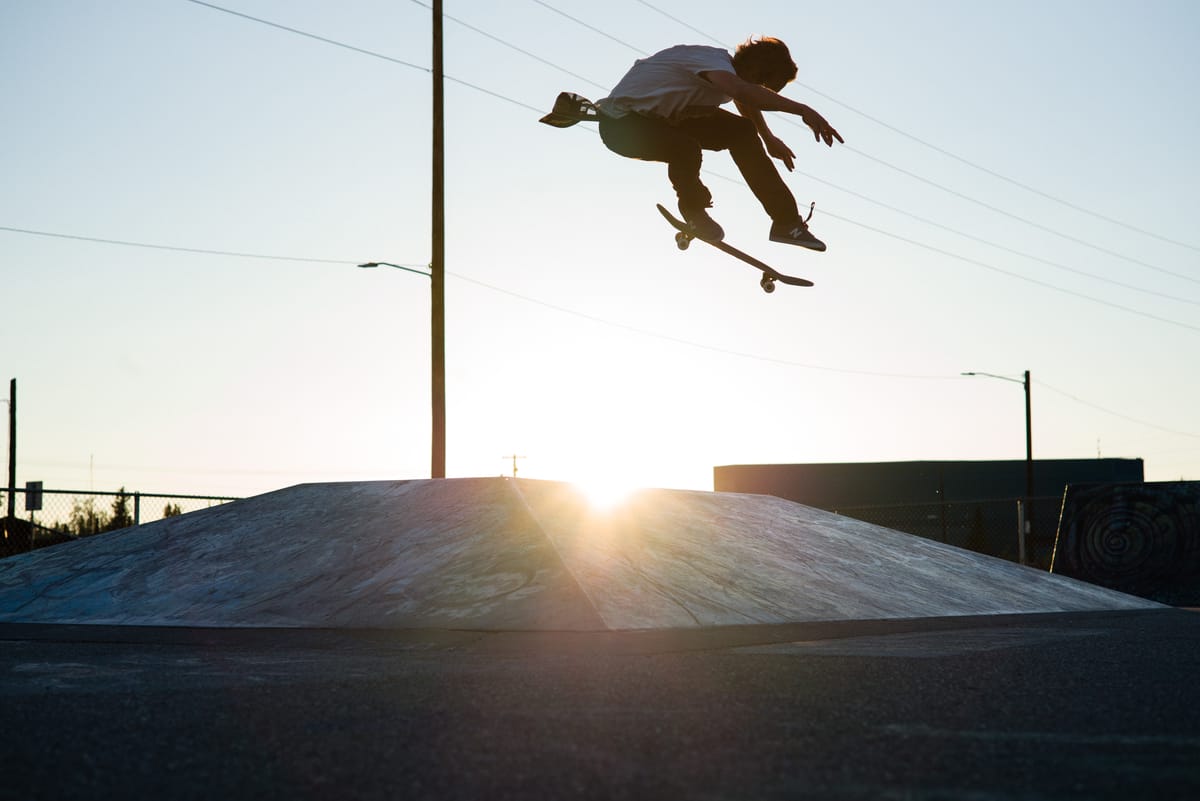
Decaf Journal is reader-supported. When you buy links through our site, we may earn an affiliate commission.
Jay Maisel once said that if you want to take more interesting pictures, then become a more interesting person. Of all the artists I've met in my life, the first person that springs to mind upon hearing that quote is unquestionably Kynan Tait. He's an incredibly gifted photographer, cinematographer, and skateboarder among other things, but I can guarantee you'll never once hear him boast about any of his talents.
I first met Ky a decade ago back when he was brought in to head up Stocksy's video collection, and I really didn't know what to make of him at first. I'm honestly not sure if we spoke for the first month that he was there. In any case, it was immediately apparent that had strong artistic opinions regardless of who in upper management was listening, and wasn't afraid to push for outcomes he deemed mission critical even if that meant challenging the status quo on a weekly basis.
It didn't take long however, for me to come to the realization that Ky isn't remotely arrogant. He's humble, but he always strives for greatness in everything he does, no matter the cost, which is likely why I was a bit taken aback initially. And he isn't shy by any means, but often chooses to let the quiet confidence of his work do most of the talking.
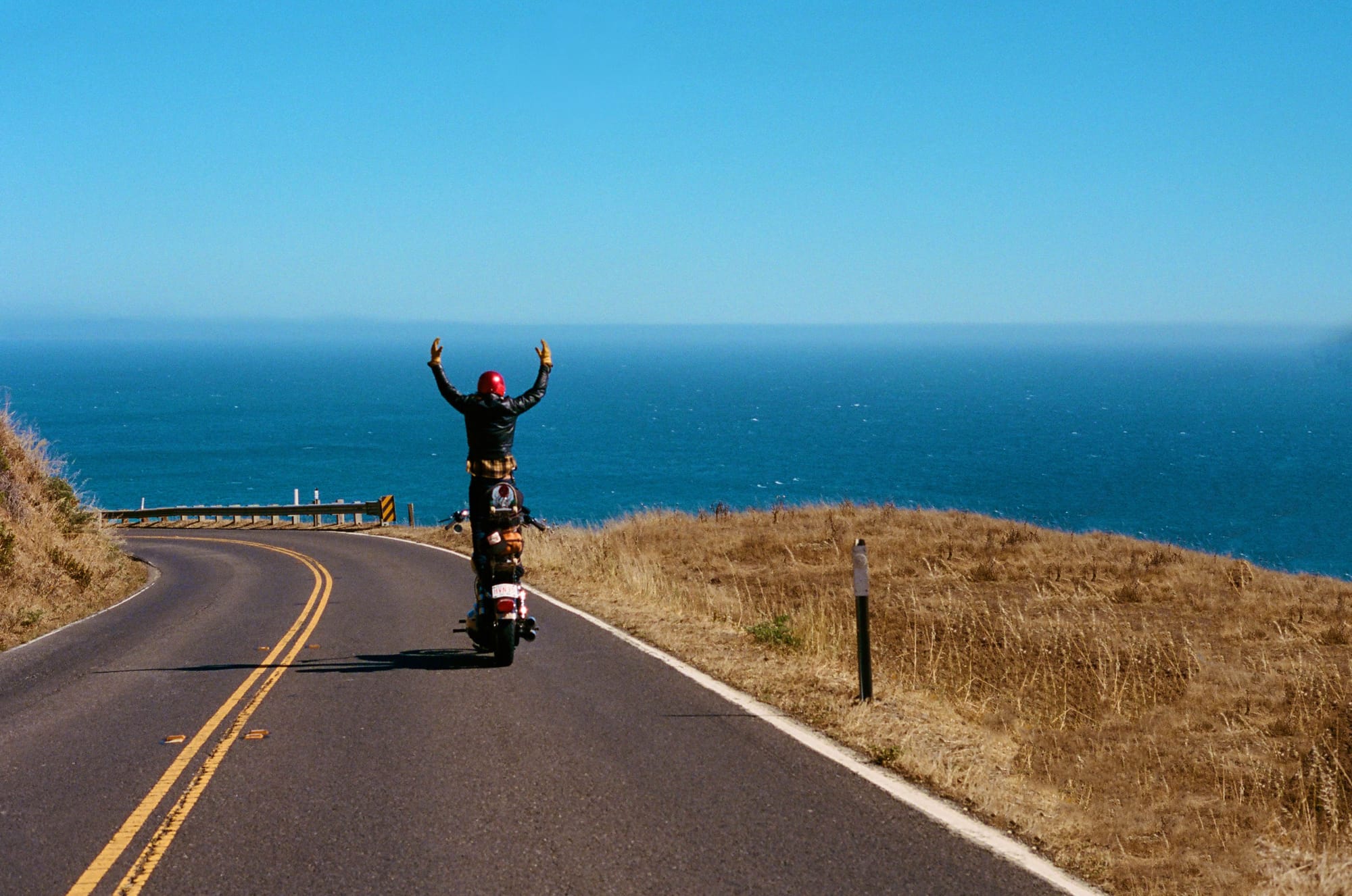
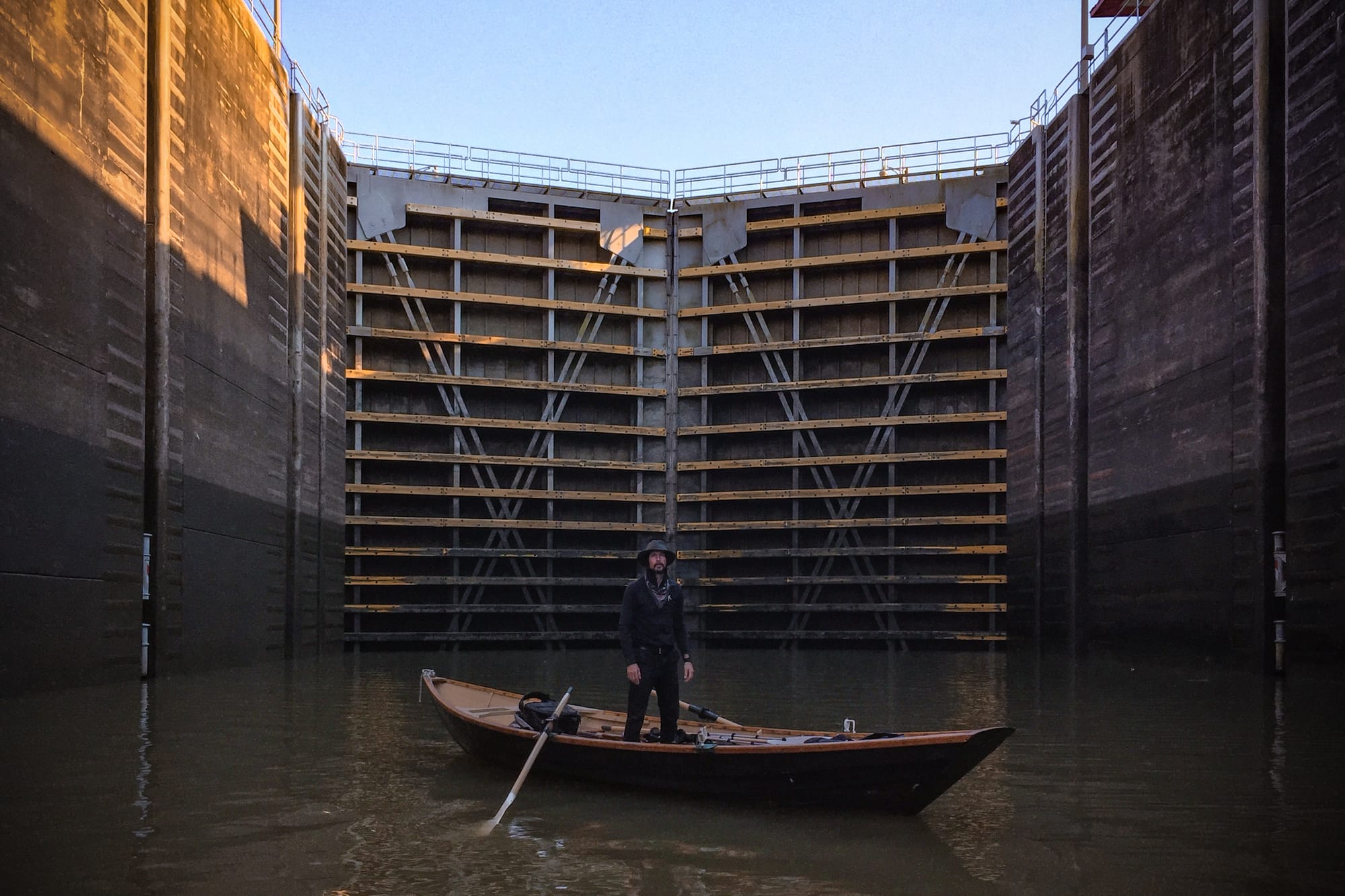
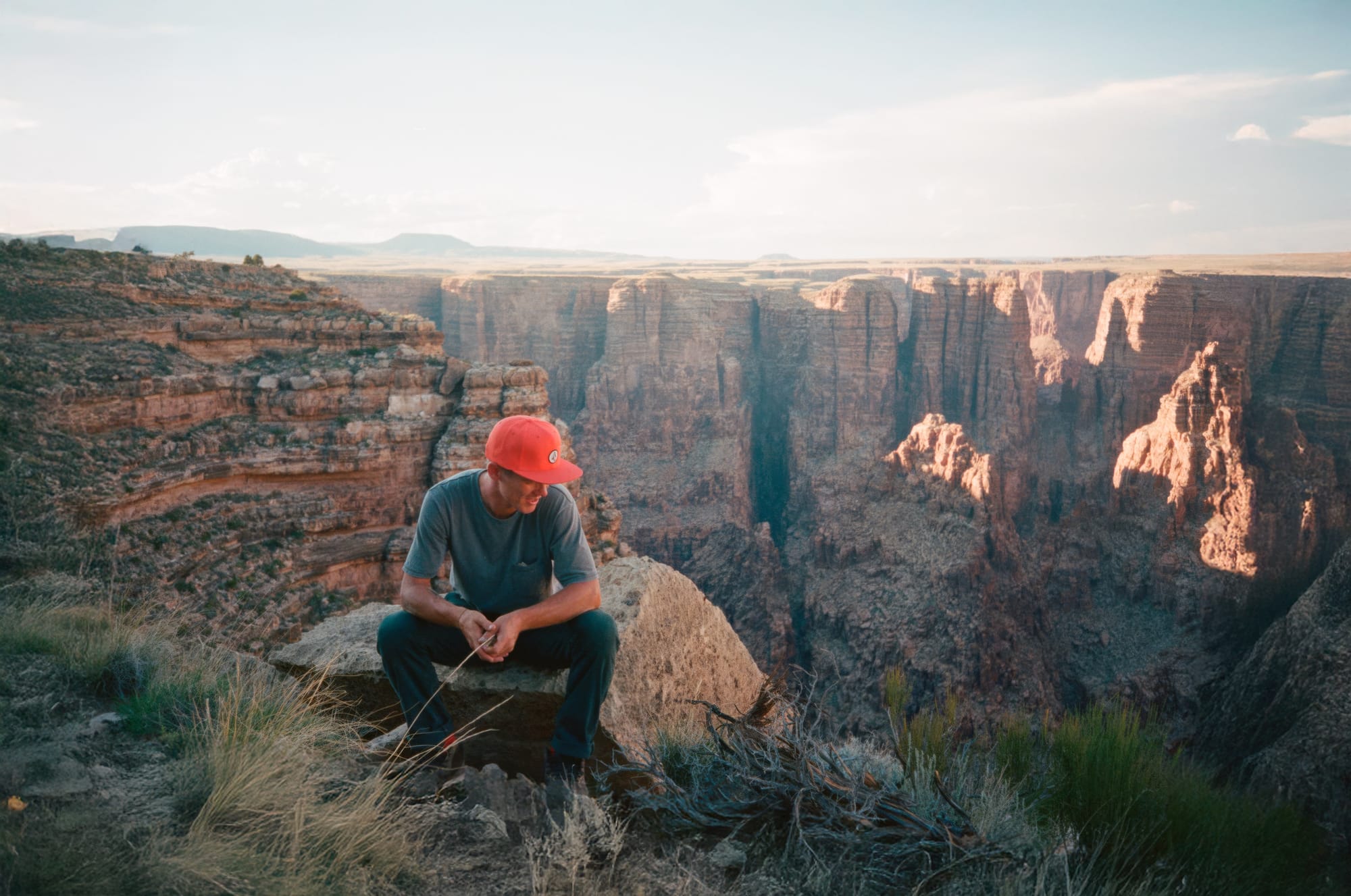
Ky's work has been featured on Vogue.com, he's a low-key master of candid documentary portraiture (is that Justin Timberlake?!), and he currently serves as the Director of Photography for the best documentary series in professional skateboarding, Epicly Later'd. His adventures have taken him all over the world; some of them quite perilous, including the time he spent a month traversing 1,057 miles on the Mississippi River with legendary skateboarder Heath Kirchart. Never one to miss documenting extraordinary moments, he decided to create a short film out of the experience.
© Kynan Tait
I could easily go on with several more examples, but I think I've proven my opening point by now. So without further ado, this is Kyan Tait in his own words.
What came first into your life, skateboarding or photography?
Skateboarding came first but both interests became fuel for each other quickly.
Many skateboarders are also photographers. What do you think it is about the two activities that seem to have so much overlap, and why did you gravitate towards both disciplines?
I think being a skateboarder forces you to be a keen observer. Of everything. Of people, of environments, of behaviour and human nature. It also teaches you how to be quick on your feet and how to get out of trouble quickly, all perfectly transferrable skills to a photographer.
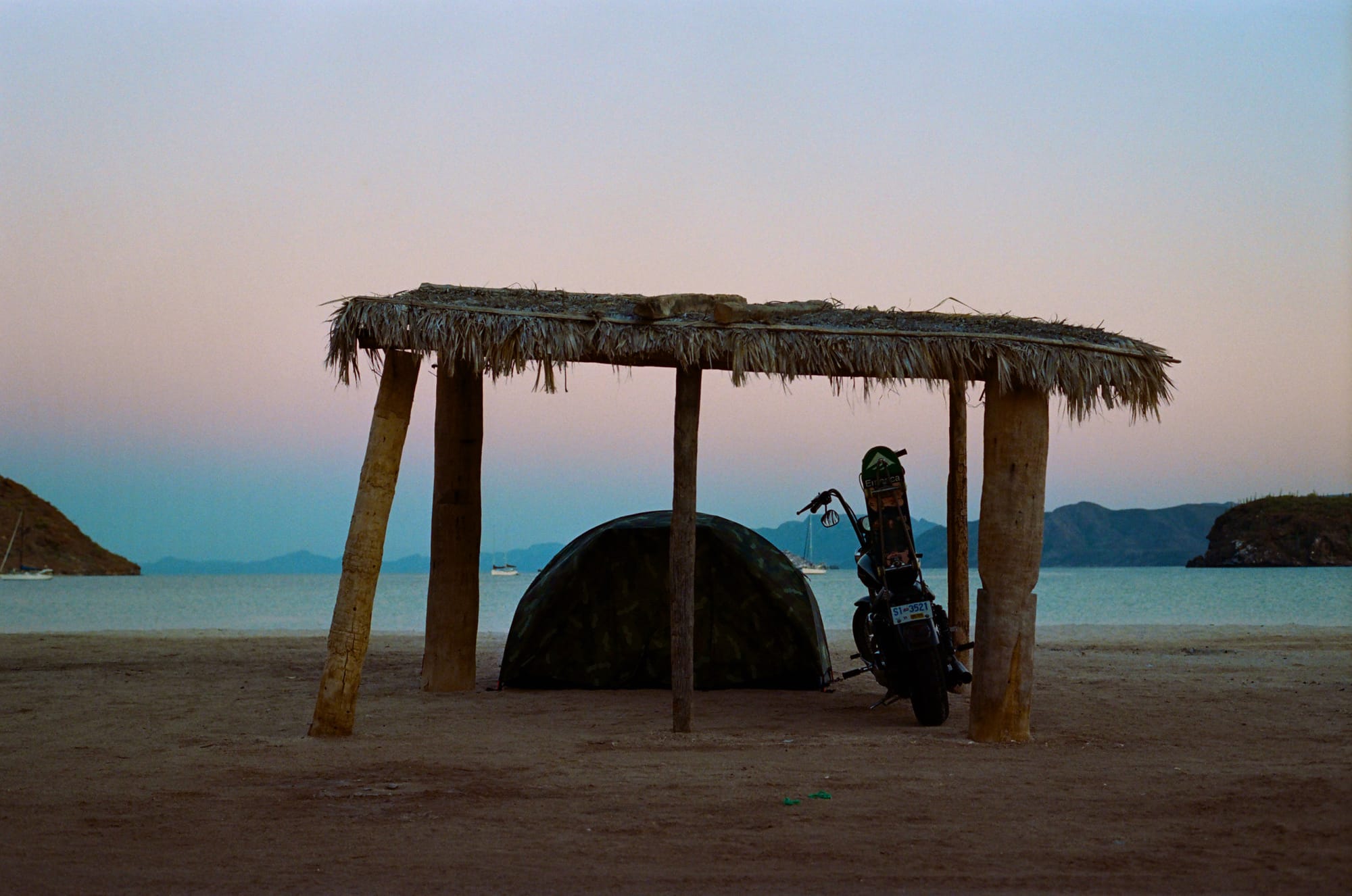


How would you describe your body of work? Would you consider yourself a documentary photographer / cinematographer?
I would consider myself a documentary photographer. I like to take pictures of things I like, and I’m reluctant to direct anything too much.
How did you get involved with becoming the Director of Photography for Epicly Later'd?
I met Patrick O’Dell in 2008 on a motorcycle trip in South Carolina. I was a huge fan of his photo blog in the days long before everybody and their grandmother had Instagram. It was a big deal to skateboarders back then, and I think I felt some kind of a kinship with the way he shot and told stories through pictures.
We stayed in touch and I jumped at any opportunity to lend a hand. Working with your friends is a blessing, and I think the ease and the shorthand we have eventually led to the director of photography title.
What's been the most memorable experience you've had while working on that show?
Heath Kirchart (who is now the producer of Epicly Later’d) and I edited the recent episode on Ben Kadow, and that was a huge honor. Patrick has always had a very trusting relationship with Vice’s editors, but Heath and I practically begged him to let us edit Ben’s episode.
In 2015, we did an episode on a skater named Ali Boulala. For anybody who doesn’t know his story, he was a much loved skater involved in a tragic accident who, as a result, was largely cast out of the skateboarding industry at the time.
It’s a platitude at this point, but there are two sides to every story and being able to give him an opportunity to share his grief was certainly memorable.
What's currently in your camera bag?
- Fujifilm X-Pro3 & 45mm f1.4
- Ricoh GR IIIx
- DJI Osmo Pocket
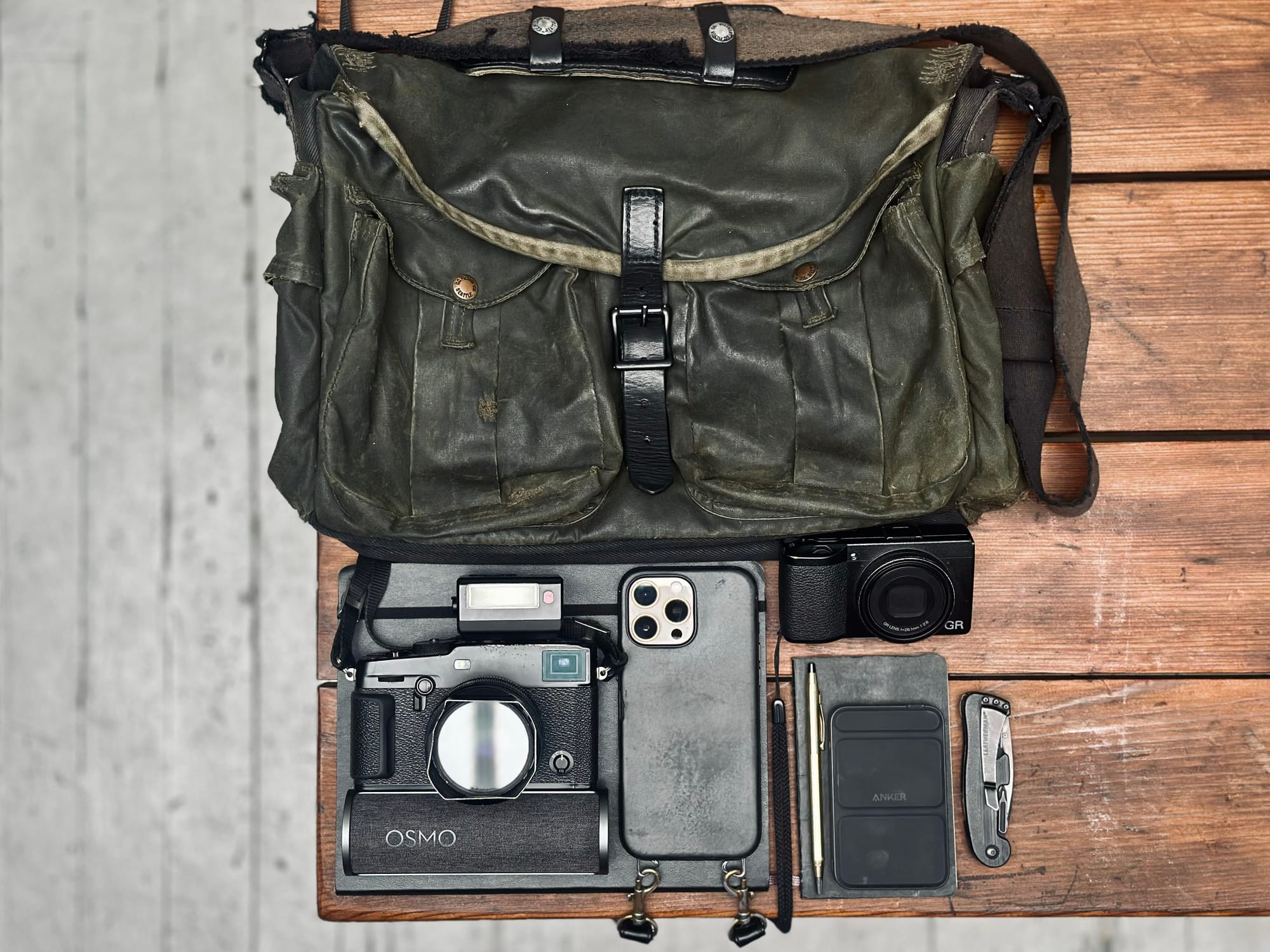
What's your use case for choosing analog film vs digital capture? Does it matter which medium you use to achieve your vision?
Unfortunately, the analog infrastructure is dying a horrible, sad and slow death which exponentially inflates the cost. So I use it sparingly.
Lately, I've been using motion picture film more than still film. If I’m going to spend the money, I’ll take the richer reward and there’s nothing quite like movie film.
I take pictures and video to inform my memories, but that doesn’t mean I want to remember everything exactly as it was. I don’t want the cold hard digital truth, I want my memories to be romantic, and dream-like and surreal.
If I want or need pictures quickly, I'll take them with a digital camera but it always makes me feel lazy. Digital is an undeniable workflow improvement, but we’ve lost something in the process. I like digital pictures but I cherish the magic of analog.
You've always struck me as someone who doesn't back down from a challenge, and isn't deterred by inconvenience if it makes for a better end result. Tell me about your mindset on taking the road less travelled in terms of producing creative work that people take notice of.
Everything worth doing will be done at your expense. I don’t remember the easy wins as fondly.
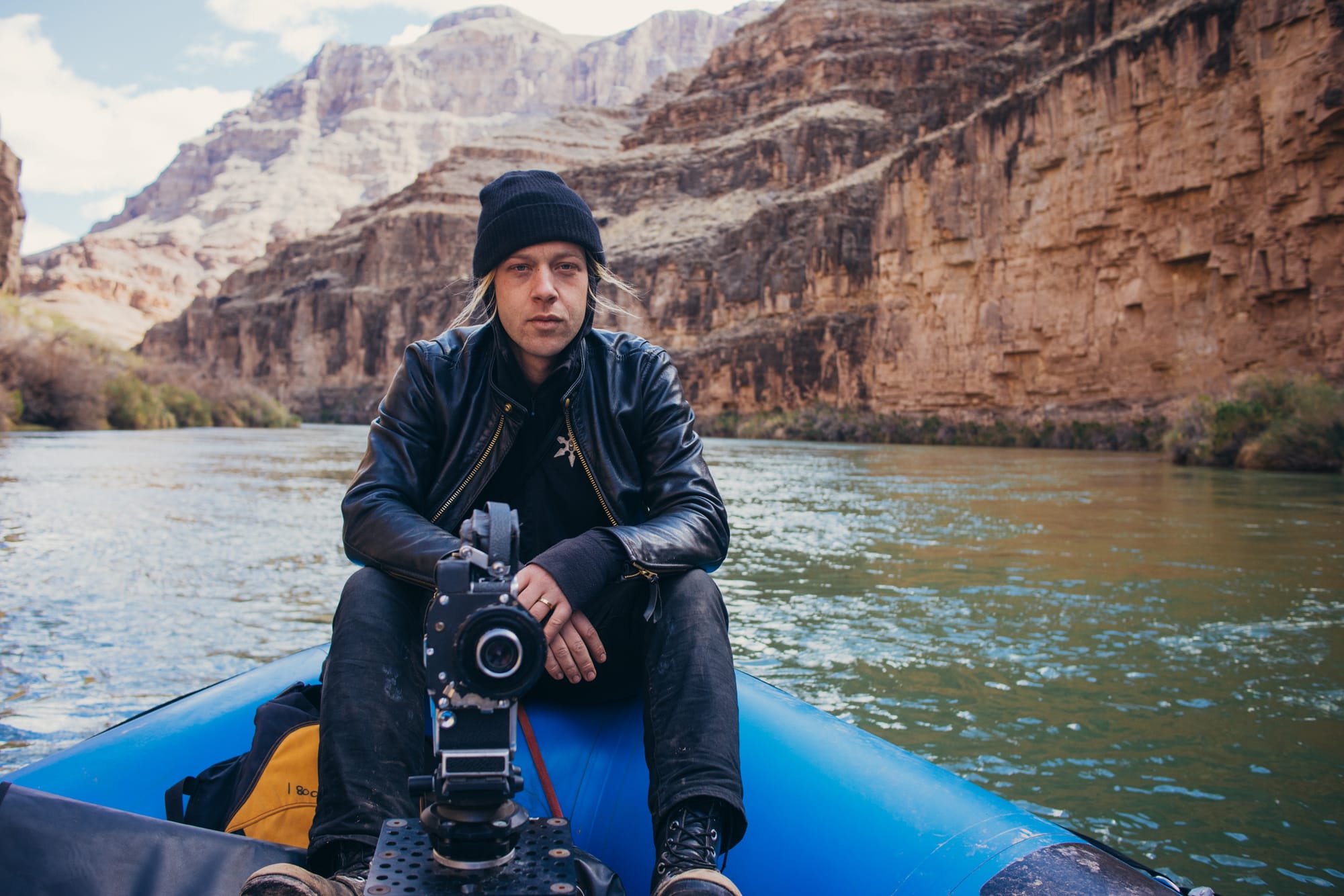
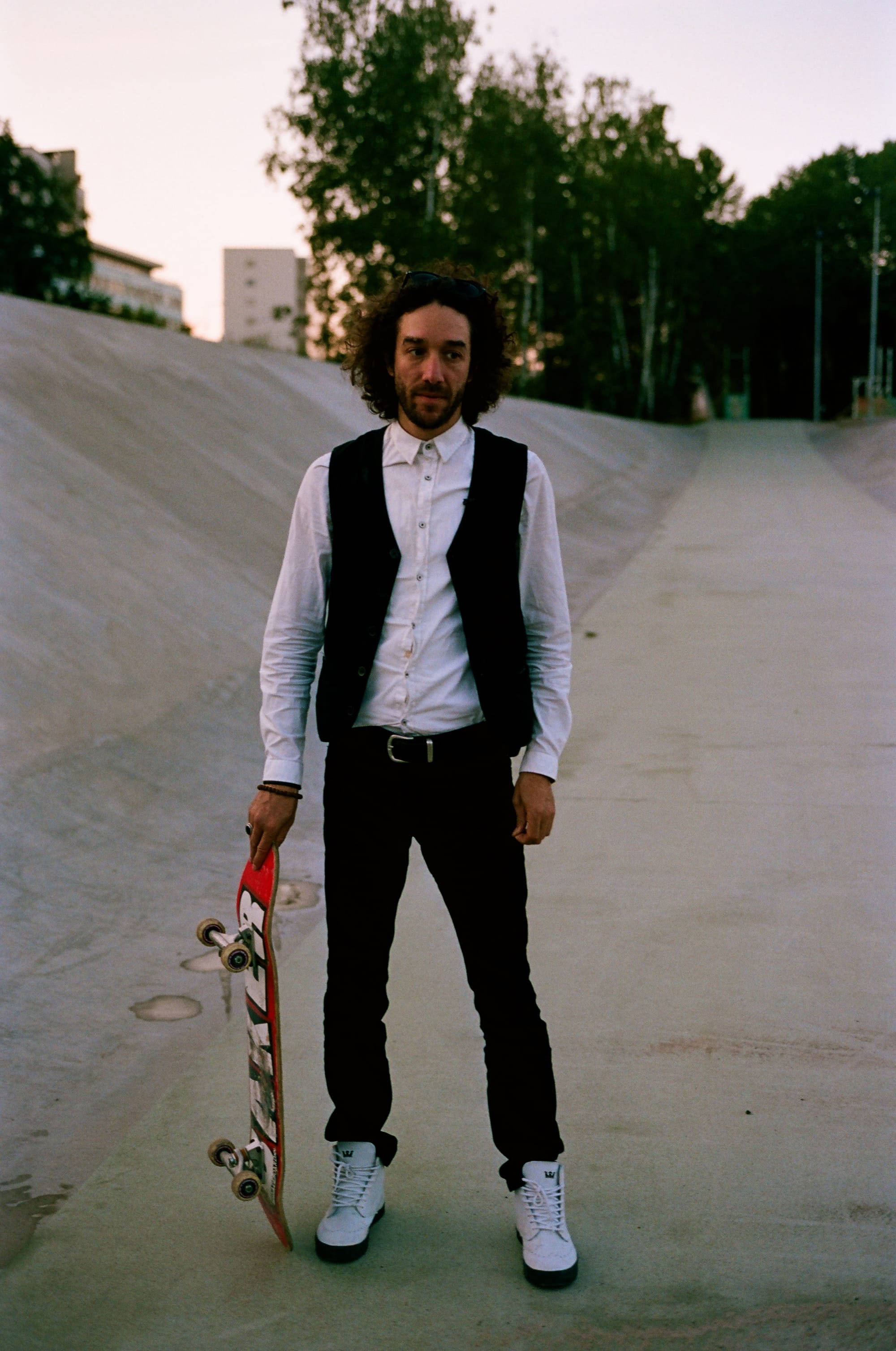

How do you manage a successful creative career in a quiet place like Vancouver Island?
Vancouver Island has something of a cottage industry in made-for-tv movies. I’m not sure I would call it creative but it’s at least creative-adjacent. That’s the only way I know how to manage here. For everything else, I leave.
Vancouver Island is beautiful but it’s a creative vacuum. That’s not to say that there aren’t beautiful and creative people here, but I find the community to be largely false and unprofitable. It’s a beautiful place to visit but I spend as much time away as possible.
What's been the greatest struggle you've had to overcome in your creative life?
Self-doubt or this idiotic modern idea of “imposter syndrome” we hear about so much these days. What a colossal waste of time.
Who has influenced you as an artist? Are you able to pinpoint what informs your work?
The John Waters movie “Pecker” gave me the idea to buy a camera. I like ordinary things captured in a surrealist way - Sebastião Salgado, Eggleston, Ryan McGinley, Jerry Hsu are easy ones, and Gregory Crewdson is at the extreme end of that venn diagram. Fred Herzog, Helmut Newton, and Guy Bourdin are big ones too.
Your modesty is one of the things I admire about you most. Why are you so humble?
Arrogance is limiting, precarious and will endear you to no one. It’s also hard to maintain. Humility is freeing.
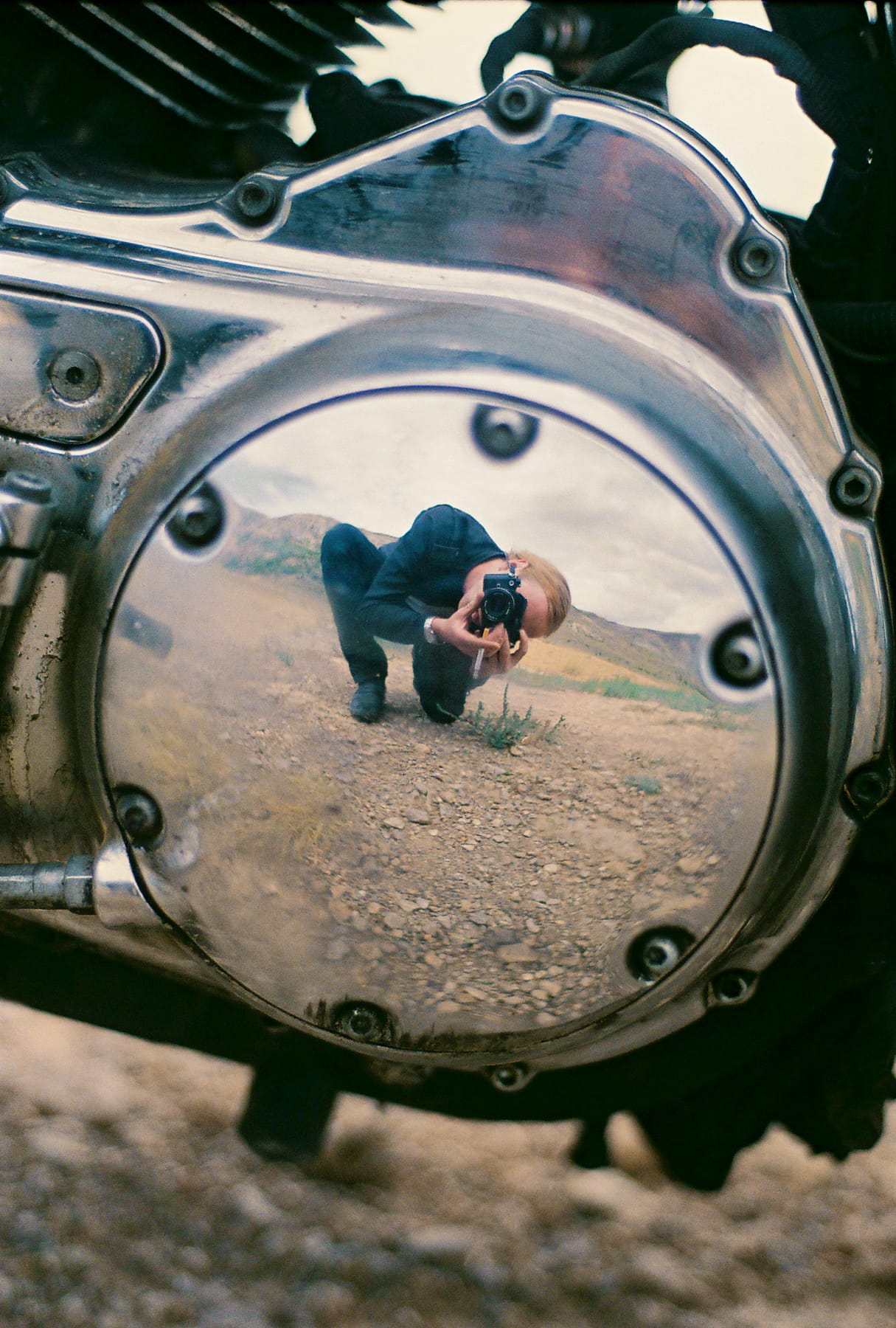
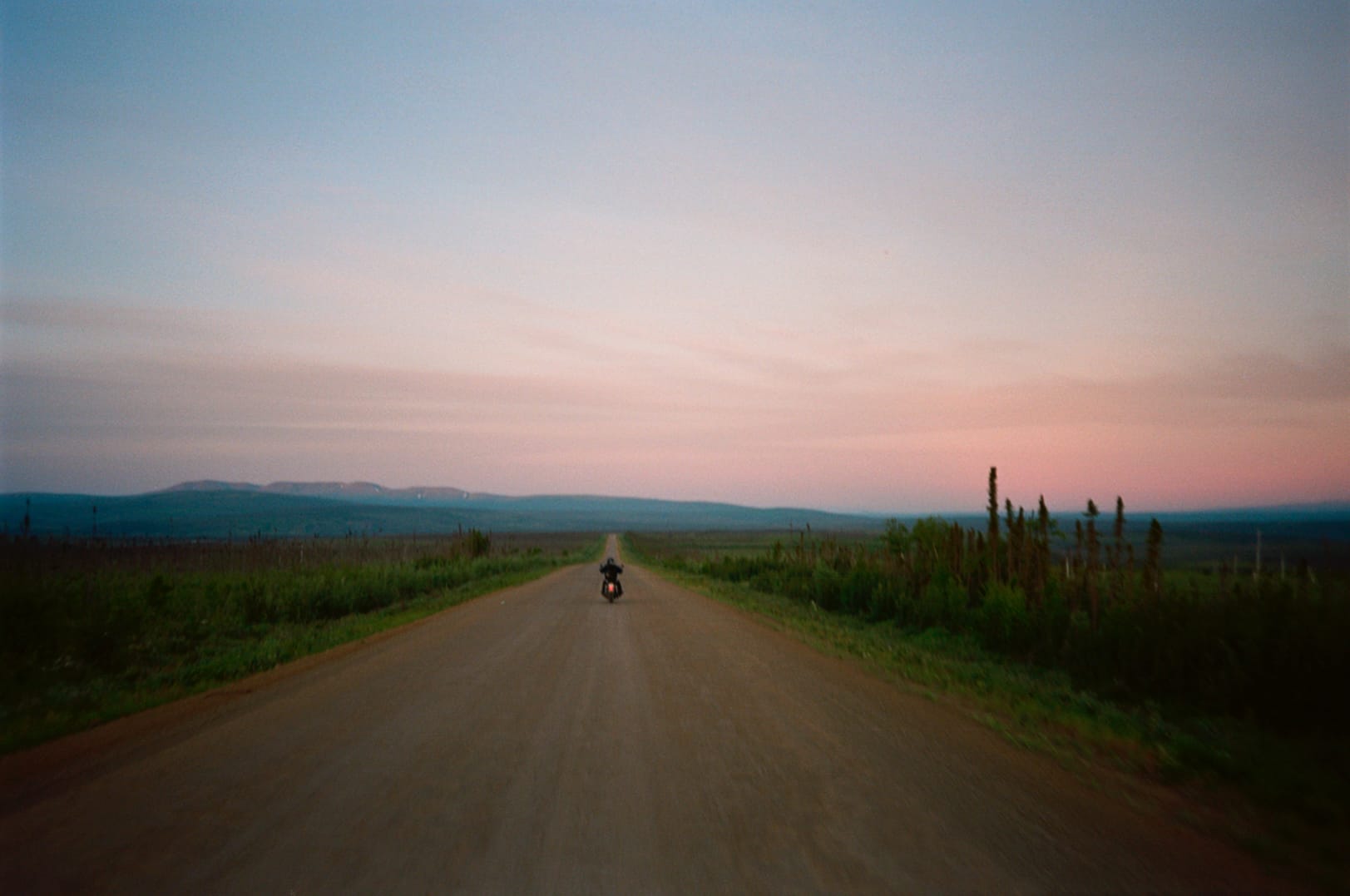
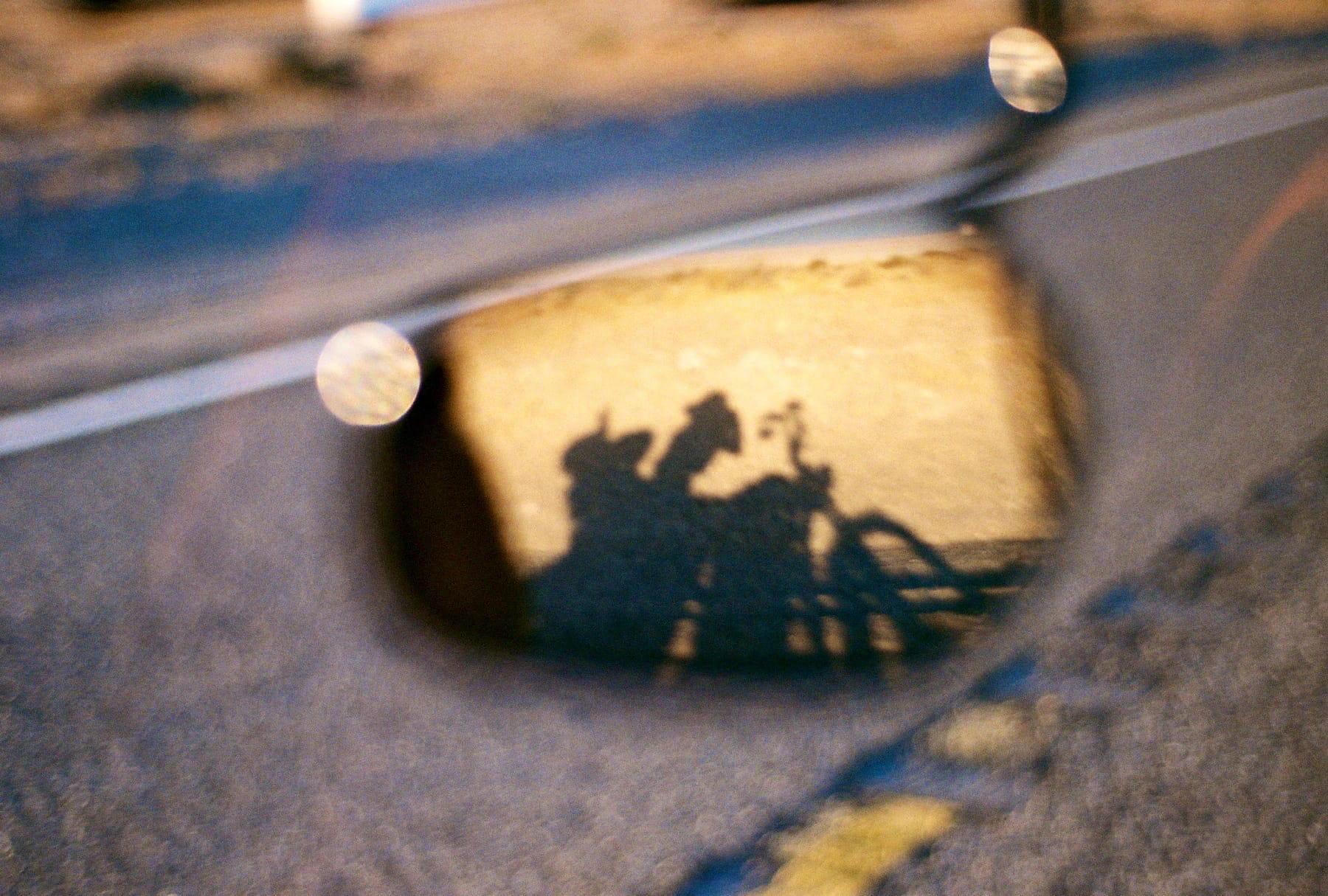
I've always gotten the sense that you strongly value loyalty and honor in both your friendships and working relationships, even when it isn't convenient. Why are these traits important to you?
I believe those are good human qualities; with or without creativity. I would consider them non-negotiable. Thankfully, they’re also the easiest to spot.
Some of the greatest skateboarders of our generation call you their friend, so I'm curious how you became being so deeply embedded into the professional skate industry. What's the story behind that?
I met some of my favorite skateboarders on Emerica’s “Wild Ride” tour, but it was ultimately my meeting Patrick on that same trip that opened a whole world to me. Soon after, I was fortunate enough to live with Arto Saari in Los Angeles who was getting in photography in a serious way in the twilight of his skate career.
I believe that through the video work with Patrick and photo work with Arto, all originating around skateboarding, I've been able to find the perfect mix of devil-may-care creative vagabonds I was always looking for.
They say never meet your heroes. Does that ring true for you?
Meeting my heroes changed my life. Even the challenging ones have illuminated it beyond measure.
What's next for Ky, and where can we see more of your work?
Epicly Later’d continues, and we’ve got some exciting episodes coming down the pike. You’ve also inspired me to rethink my relationship with the old fashioned internet and dedicate some time to my webpage, it’s long overdue.
